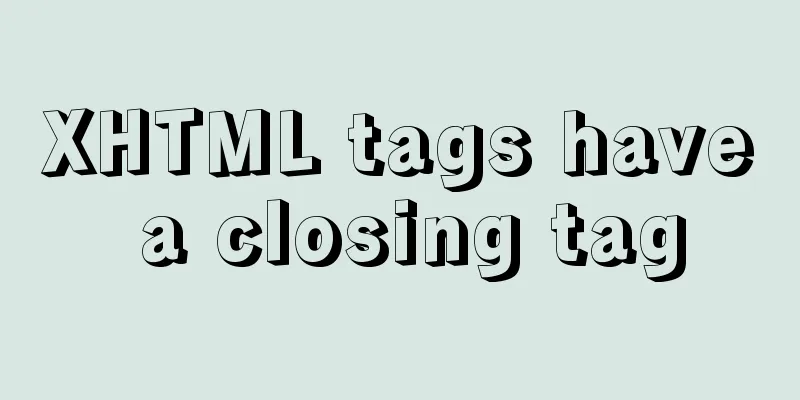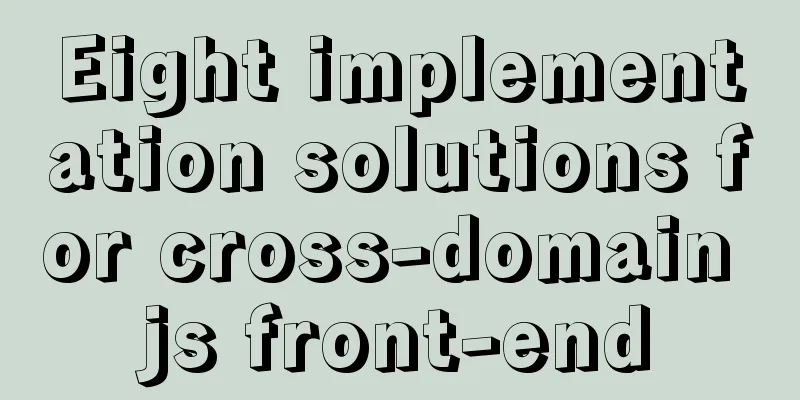Application of mapState idea in vuex

|
background: During the demand development process, some interfaces return results with many fields that need to be displayed on the page. Usually, these fields can be encapsulated as calculated properties in the .vue file, or the corresponding fields can be reassigned to the fields in data to achieve the purpose of ease of use. as follows:
computed(){
count1(){
return this.targetObj.count1
},
count2(){
return this.targetObj.count2
},
// ...
// Imagine this. You have to write similar code 5 or 10 times}
But no matter which method is used, it will bring a lot of code redundancy, which is extremely uncomfortable. To solve this problem, this article borrows the idea of using the 1. Map methodThe basic state extraction method in vuex can be used in the following ways:
computed(){
count(){
return this.$store.count
}
}
At the same time,
var mapState = normalizeNamespace(function (namespace, states) {
// Define an object to store and get the specified attribute var res = {};
normalizeMap(states).forEach(function (ref) {
var key = ref.key;
var val = ref.val;
// Define a method to get the specified attribute in the specified object res[key] = function mappedState () {
var state = this.$store.state;
var getters = this.$store.getters;
// Find the specified store module object according to namespace if (namespace) {
var module = getModuleByNamespace(this.$store, 'mapState', namespace);
if (!module) {
return
}
state = module.context.state;
getters = module.context.getters;
}
// Get the properties of the store module obtained by specifying the namespace return typeof val === 'function'
val.call(this, state, getters)
: state[val]
};
});
// Return function object return res
});
2. ApplicationFollowing this idea, the way to obtain fields in a complex object can be optimized. The factory function is defined as follows
export const mapTargetValue = (nameSpace, keyList = [])=>{
const result = {}
// Note: Do not use arrow functions for the returned method, otherwise you will not be able to get this
// Two forms of keyList are compatible here, refer to the usage form of attribute renaming in mapState if(Array.isArray(keyList)){
keyList.forEach( key => result[key] = function(){
// Here we assume that the namespace object can be obtained directly on this // Of course, the complexity of obtaining the specified object depends on your code logic return this[nameSpace][key] || 0
})
}else if(typeof keyList === 'object' && keyList){
for(let key in keyList){
result[keyList[key]] = function(){ return this[nameSpace][key] || 0}
}
}
return result
}
The usage of this method is exactly the same as
computed: {
...mapTargetValue("targetObj", ["count1", "count2"]),
...mapTargetValue("targetObj", { count1: "count3", count2: "count4"}),
}
This is the end of this article about the application of mapState ideas in vuex. For more relevant vuex mapState content, please search for previous articles on 123WORDPRESS.COM or continue to browse the following related articles. I hope you will support 123WORDPRESS.COM in the future! You may also be interested in:
|
<<: Example of Html shielding right-click menu and left-click typing function
>>: Solve the problem of specifying udp port number in docker
Recommend
How to build a MySQL PXC cluster
Table of contents 1. Introduction to PXC 1.1 Intr...
Docker installation and configuration steps for RabbitMQ
Table of contents Single-machine deployment Onlin...
Detailed explanation of ssh password-free login configuration method (pictures and commands)
First, let me explain that what we want to do is ...
Summary of JS tips for creating or filling arrays of arbitrary length
Table of contents Preface Direct filling method f...
How to install Tomcat-8.5.39 on centos7.6
Here is how to install Tomcat-8.5.39 on centos7.6...
Realization of real-time file synchronization between Linux servers
Usage scenarios For existing servers A and B, if ...
Example of using JSX to create a Markup component style development (front-end componentization)
Table of contents JSX environment construction In...
Six weird and useful things about JavaScript
Table of contents 1. Deconstruction Tips 2. Digit...
Writing a shell script in Ubuntu to start automatically at boot (recommended)
The purpose of writing scripts is to avoid having...
VMware installation of Centos8 system tutorial diagram (command line mode)
Table of contents 1. Software and system image 2....
Example of adding attributes using style in html
Add inline styles to the required links: Copy code...
Flex layout realizes the layout mode of upper and lower fixed and middle sliding
This article mainly introduces the layout method ...
mysql 5.7.19 latest binary installation
First download the zip archive version from the o...
Installation and configuration method of vue-route routing management
introduce Vue Router is the official routing mana...
The perfect solution for Vue routing fallback (vue-route-manager)
Table of contents Routing Manager background gett...









